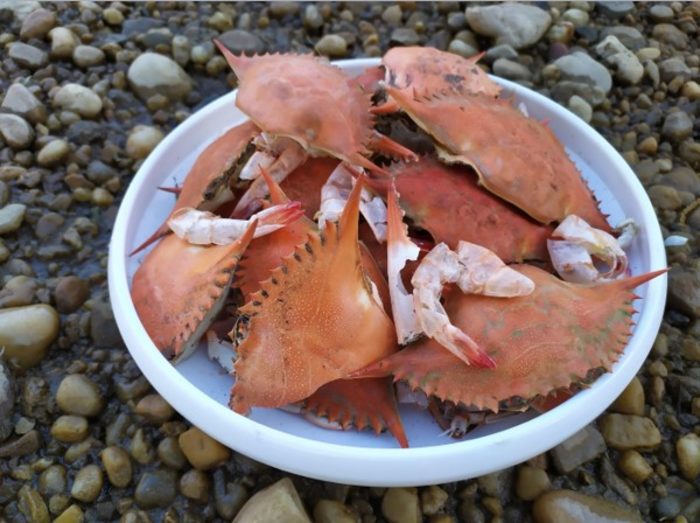Electric vehicles are hot topics at the moment, but the increase in their popularity is driving the demand for batteries, and this in turn creates problems with environmental issues connected with these power sources, but there could be an answer – the humble crab.
In a paper published in the journal Matter, scientists manage to create a zinc battery with a biodegradable electrolyte made from, of all things, crab shells.
Lead author Liangbing Hu, director of the University of Maryland's Centre for Materials Innovation, explained: “Vast quantities of batteries are being produced and consumed, raising the possibility of environmental problems.
“For example, polypropylene and polycarbonate separators, which are widely used in Lithium-ion batteries, take hundreds or thousands of years to degrade and add to environmental burden.”
Batteries use an electrolyte to shuttle ions back and forth between positively and negatively charged terminals, and these can be a liquid, paste, or gel. Many batteries use flammable or corrosive chemicals for this function, but this new battery, which could store power from large-scale wind and solar sources, uses a gel electrolyte made from chitosan.
Hu said: “Chitosan is a derivative product of chitin. Chitin has a lot of sources, including the cell walls of fungi, the exoskeletons of crustaceans, and squid pens.
“The most abundant source of chitosan is the exoskeletons of crustaceans, including crabs, shrimps and lobster, which can be easily obtained from seafood waste. In fact, you can find it on your table.”
The major benefit of this biodegradable electrolyte means that about two thirds of the battery could be broken down by microbes within months, leaving behind the metal component – in this case zinc, rather than lead or lithium – which could be recycled.
Hu continued: “Zinc is more abundant in the Earth’s crust than lithium. Generally speaking, well-developed zinc batteries are cheaper and safer.”
This zinc and chitosan battery has an energy efficiency of 99.7% after 1,000 battery cycles, making it a viable option for storing energy generated by wind and solar for transfer to power grids.
Photo credit: Liangbing Hu








